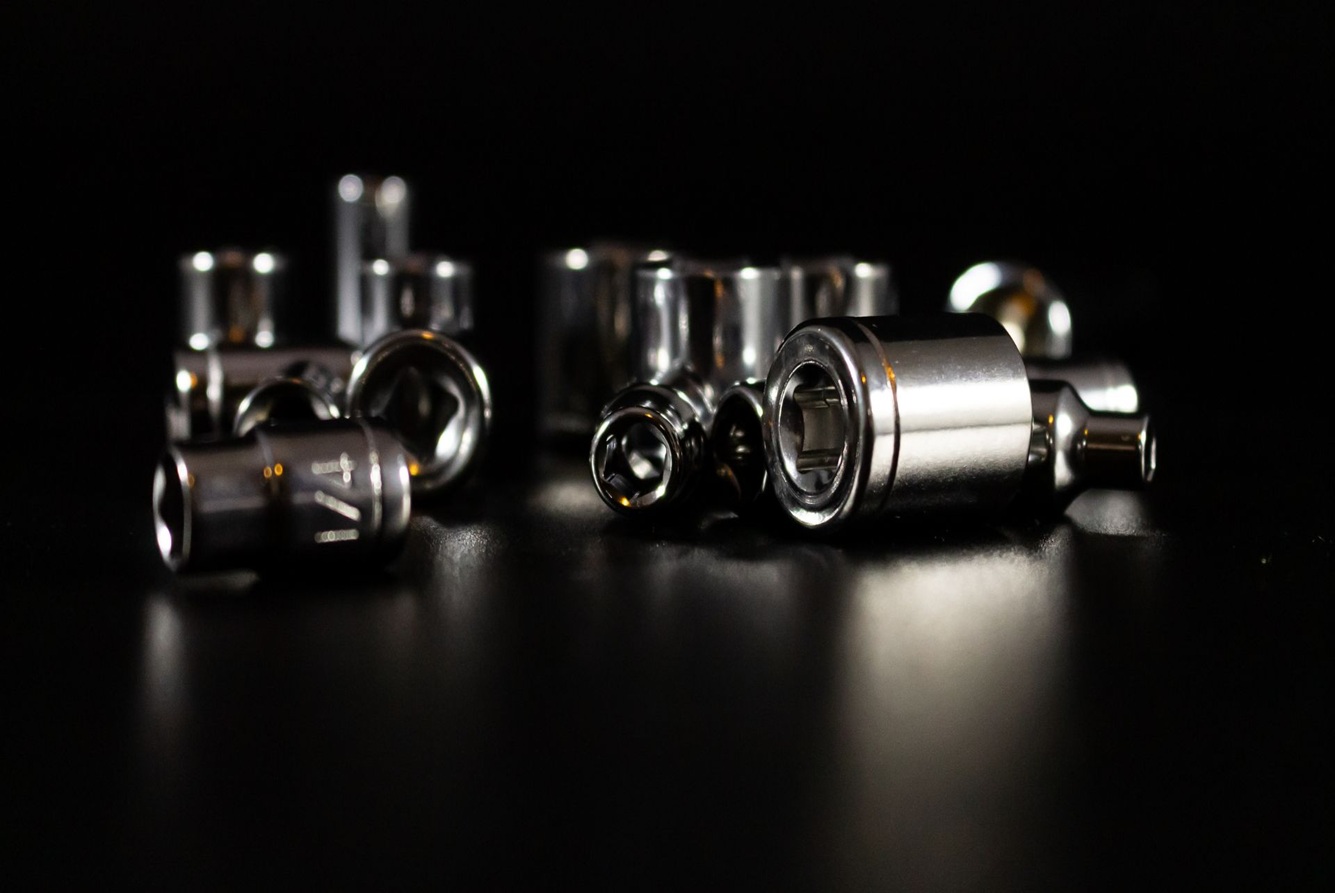

Stainless steel is a very popular metal. It has many grades used in different industries for various purposes. However, two very popular grades of steel are well-known among the masses. Grades 303 and 304 stainless steel are known for their specific properties and uses, and yet they are somehow mistaken as the same.
If you also believe these grades are similar, this blog is for you. In this blog, we will discuss the specific properties of both grades, how they differ, and, if you are trying to choose between them, what to ask your stainless steel supplier.
The composition of 303 and 304 stainless steel is the starting point between their differences. All stainless steel is made of iron, chromium, and nickel, but other alloying elements make them different.
303 Stainless Steel has sulfur and selenium as the alloying elements. These elements are mixed to increase the machinability of the metal. However, it also reduces the corrosion resistance capability of the grade when compared to 304 stainless steel.
304 Stainless Steel has 18% chromium and 8% nickel, which has named it “18/8” stainless steel. It doesn’t include sulfur, which makes it more corrosion-resistant and safe from oxidation.
When sourcing stainless steel, the first question we ask at New Mexico Metals LLC is, what are you sourcing it for? If you are looking for a machinable grade, we recommend 303 stainless steel, which is softer than grade 304. The addition of sulfur in this grade increases the machinability of the grade, making it easier to cut and process and reducing wear and tear on tools.
On the other hand, grade 304 is not as easily machinable, but it can still be worked with standard machining processes. As it is hard, it requires more force to be reformed and thus causes more wear and tear on tools.
When large-volume production is desired, Grade 303 is the best choice.
The manufacturing industry demands a significant supply of stainless steel due to its widespread applications. This extensive use is largely attributed to the metal’s excellent weldability. So, if you have to choose between 303 and 304 stainless steel, you must choose 304 for its easier weldability than grade 303.
Grade 303 has sulfur, which can cause hot cracks during welding. If it is welded, it requires preheating and post-welding treatments.
304 stainless steel is easily weldable and is thus used for welding pipes, sheets, and other metal components.
The cost of 303 stainless steel is higher than that of grade 304. This is because grade 304 is more readily available, whereas grade 303 is not. Additionally, grade 303 is more expensive due to its high machinability.
Both grades have chromium and nickel, yet Grade 304 is more corrosion-resistant than 303 stainless steel. It’s the lack of sulfur that makes 304 more corrosion-resistant.
303 is also resistant, but for uses in coastal areas or where the moisture exposure of the metal is high, Grade 304 is recommended to be used.
Grade 303 is more commonly used in dry environments or applications where corrosion resistance is not the primary concern.
If you are choosing between the two grades, the following tips will help you:
Application: What is the intended use of the metal? Are you using it for a large volume production, or is it a one-time use, and that too in a dry environment? As discussed above, Grade 303 is more machinable and is not fit for use in harsh environments, choose between the grades wisely.
Cost: Cost is an important consideration. What is your budget? Since grade 303 is more expensive, does your budget accommodate choosing this grade, or can you opt for grade 304? Keep in mind that other factors are also at play, so don’t let cost be the sole deciding factor.
Corrosion-Resistance: Corrosion resistance is a major deciding factor in choosing the right stainless steel grade. If the steel’s intended use is in a moist area, then grade 304 is recommended as it is more corrosion-resistant as compared to grade 303.
Hoping that the above blog has answered your questions about the difference between the two grades. The world of metal is quite interesting, especially if one has enough knowledge of the same.
At New Mexico Metals LLC, we love the nuances of steel and its different grades. Many more stainless steel grades are used in different industries, and we house them all. We boast of housing the most varied range of stainless steel and other metals and offering metal services such as bending, cutting, shearing, punching, notching, etc.
For any of your metal needs, visit us at the store.